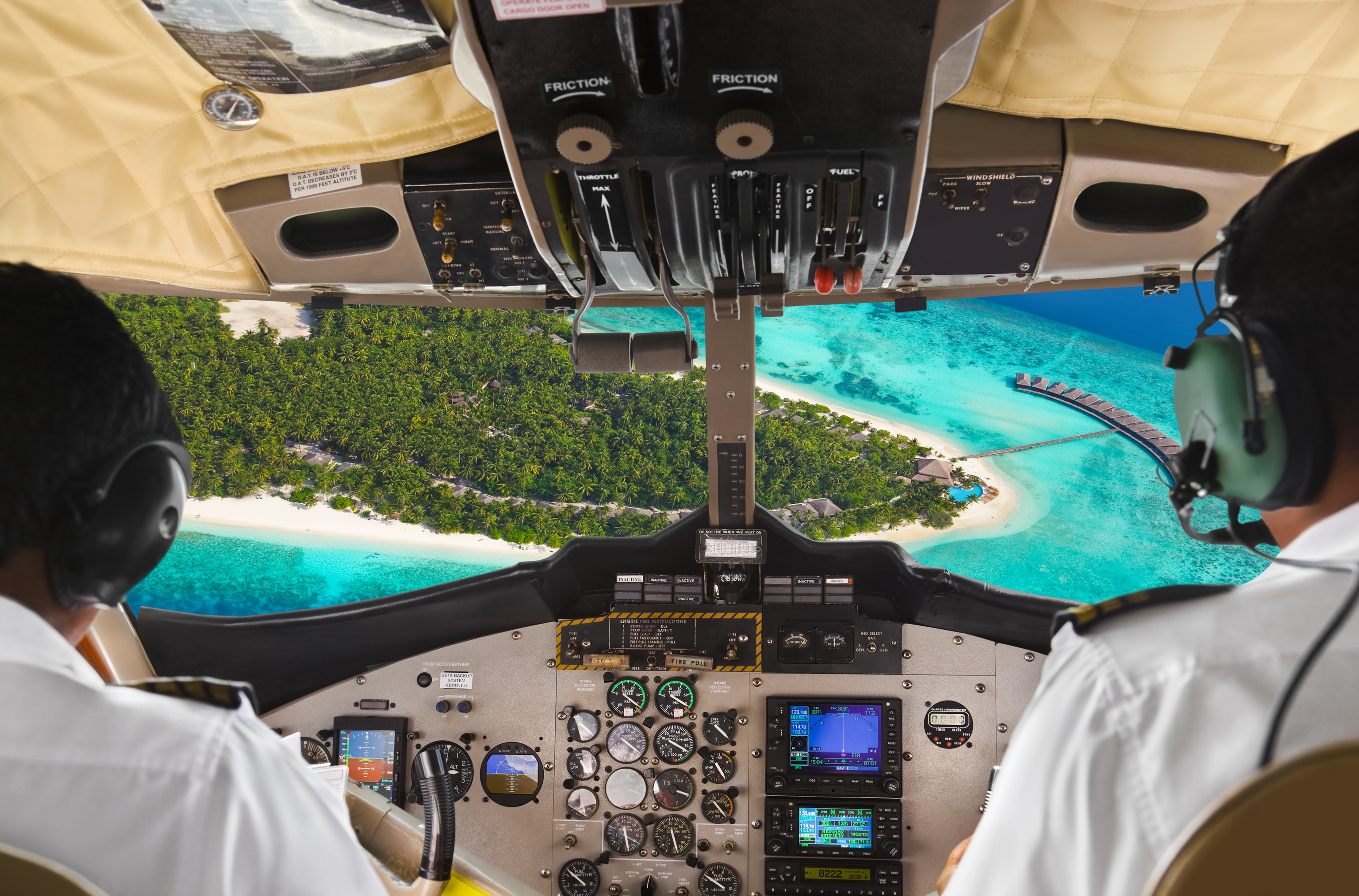Great trip Maldives: the pleasure of going barefoot through life
Oman Desert Luxury Glamping Adventure - The Once-in-a-Lifetime Experience
In the list of the best jobs in the world, this must occupy at least one of the top ten.
They say it themselves:
"Every day is unique"
.
Many commercial pilots used to flying the skies of half the planet could say the same, but only those from the Maldives fly over atolls, desert islands and coral reefs
365 days a year.
Also, they land on water.
And they wear shorts and flip-flops.
That's what it takes to work in
the world's largest seaplane fleet
.
And what it has to live in a paradise of 1,200 islands spread over 9,000 square kilometers.
For the traveler, the journey by seaplane is almost obligatory due to the enormous distances.
And truth be told, this part of the journey is almost certainly one of the most memorable of the Indian Ocean foray.
The adventure starts at the
Trans Maldivian Airways
terminal at Malé's Vellana airport, built, by the way, on an island, of course.
Forget the
fingers
and queues of the aerial bustle to which we are more accustomed.
The way to the seaplane is a walk along wooden docks where small Twin Otters appear moored, mythical ships made in Canada that rest
on floats
.
In the cabin arriving in paradise. SHUTTERTSOCK
Pilot Mohamed Quys Abdul Hannan is one of the latest signings from Trans Maldivian Airways.
The first officer started working at the airline last February.
"A dream come true,"
he says, as this young man born in the capital, Malé, "had always wanted to fly."
"I'm the first in my family to make it," he says with a smile as the seaplane's thunderous engines roar behind him.
Flying one of these planes is more complicated than it seems.
Mohamed says that "paradise" has factors that must always be taken into account.
For starters, landing on the water is different at every moment of the day.
"
Conditions are very changeable
, especially in the rainy season, with strong winds and waves."
In addition, we must watch over the great treasure that the Maldives hides, that extraordinary and fragile marine biodiversity that appears just centimeters from the surface of the sea.
"The
reefs
are another important security aspect," confirms Mohamed.
Flying over one of the resort islands.
On a typical day, the pilot makes about
14 flights between the nearly 80 islands
occupied by the famous Maldives luxury resorts.
"We start at 5 in the morning and finish at 6 in the evening."
Taking off and landing on water, you can't fly at night because you wouldn't see anything.
"What we do is that we stay to
sleep on the islands
," explains Mohamed.
"That's why this work is so unique."
Trans Maldivian Airways today has 57 Twin Otters.
It began operating as such in 2013, although its origins go back to the end of the 1980s, when Hummingbird Island Helicopters began to carry out passenger
transfers
in
two helicopters.
Until then, there was no other way to reach the first resorts than by boat.
For his part, the Swedish Lars Erik Nielsen founded
Maldivian Air Taxi in 1993.
From the union of both companies arises the Maldivian seaplane operator that we know today, with more than
one million passengers
a year.
His "barefoot pilots" have already become famous in the industry, although Mohamed and his companions are perfectly shod ... with flip flops.
He assures that he does not take them off, but that perhaps a colleague will do so in the cabin, once in the air, while they fly over Robinson Crusoe's atolls.
You can follow
El Mundo Viajes
on
,
and
Conforms to The Trust Project criteria
Know more
Tourism

